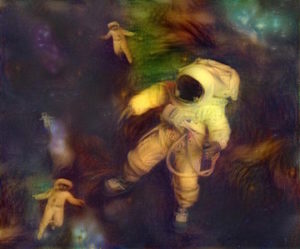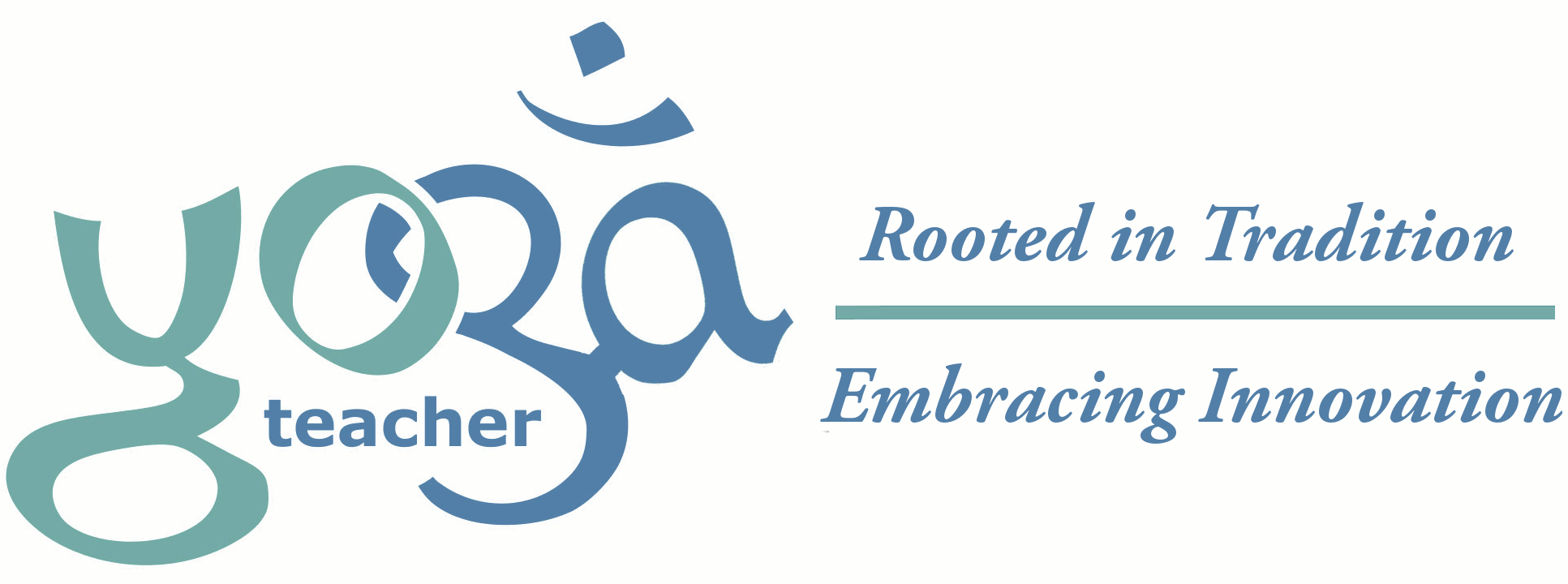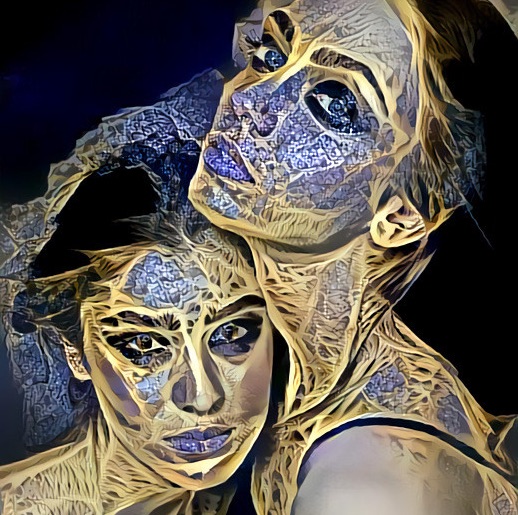The Seventh Voyage is a comedic science fiction short story by Polish author Stanislaw Lem. The hero, alone on a deep space voyage, is unable to repair his ship without the help of a 2nd cosmonaut. Ingeniously, he steers his ship into a gravitational vortex to create an overlapping time loop in which his present self can help his past self, carry out the needed repairs. Unfortunately, his past self does not yet know the plan and mistakes him for a hallucination and refuses to help.

Over the next 20 pages, various incarnations of Lem’s cosmonaut steer the ship into multiple vortexes resulting in a menagerie of past, present, and future selves. Instead of cooperating to repair the ship, they argue about strategy, sneak around stealing rations, and fight over the last bar of chocolate.
Lem’s short story anticipates by 40+ years the work of psychology researchers like Hal Hershfield of UCLA and Emily Pronin of Princeton. It seems that we have three distinct selves: Past-self; Present-self; and Future-self and that this family of ‘selves’ often behaves in a dysfunctional manner.
Hershfield used fMRI scans to show that people use different parts of their brain when asked to think about themselves or a celebrity. Interestingly, when asked to think about a distant future self, they used the same areas of their brain that they used when thinking about the celebrity. Hershfield concluded from his work that “When making long-term decisions, [people] tend to fundamentally feel a lack of emotional connection to their future selves.” He went on to say that “in some ways I treat that future self as if he’s a fundamentally different person, and as if he’s not going to benefit or suffer from the consequences of my actions today.”
Pronin found that subjects who would only agree to drink 2 tablespoons of an obnoxious liquid, happily volunteered their future self to come back in a week and drink a half cup of the same.
 We can summarize the research as follows… Present self blames past self for all of their problems and is confident that future self can fix everything.
We can summarize the research as follows… Present self blames past self for all of their problems and is confident that future self can fix everything.
Timothy A. Pychyl of Carleton University found that those who felt less connected to their future self reported more procrastination behaviors. Encouragingly, new research is showing that we can increase our feelings of connection to our future self.
In one study, Hershfield had subjects look at a digitally aged photograph of themselves, while a control group looked at a current photo of themselves. When asked how they would spend $1000, those who had looked at an image of their future self, invested twice as much in a retirement account as the control group.
If you are interested in trying this for yourself, you can find photographic aging apps for your smart phone, or through several websites that will let you see how you might look in 20 or 30 years. Alternatively, I have a guided visualization available through cd baby called “Tibetan Mirror” that helps you to connect with your past or future self. www.cdbaby.com/cd/macinerney
Earlier this afternoon, I blamed my past self for not having sent out my newsletter last week. Feeling annoyed and suffering from writer’s block, I decided to take break from writing to relax, comforting myself with the certain knowledge that future self would be more focused, more eloquent, and more disciplined, and that future self would stay up as long as it would take to finish the essay. Of course, now, here I am, past midnight, and blaming past self for taking a break instead for pushing through the writer’s block, and imagining a well-rested future self waking up at 6 a.m. doing an hour of yoga and meditation, then sitting down to crank out the newsletter before lunch. In Future Self we believe! And so it goes. Namaste’






